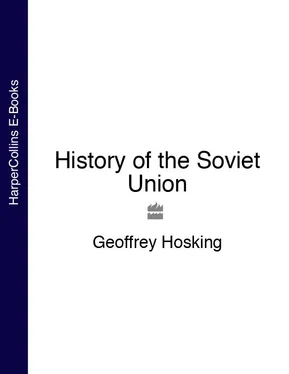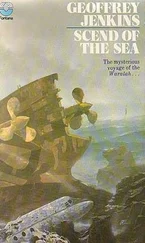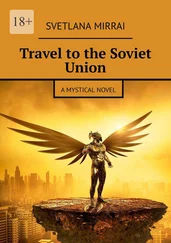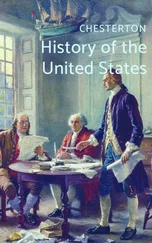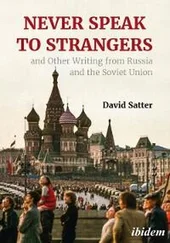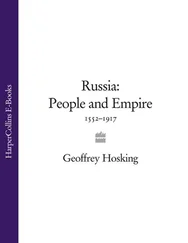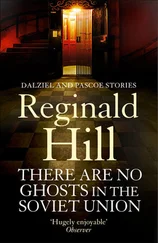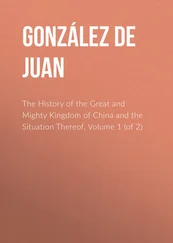Geoffrey Hosking
A History of
the Soviet Union
1917–1991
Final edition
William Collins
An imprint of HarperCollins Publishers Ltd. 1 London Bridge Street London SE1 9GF
www.harpercollins.co.uk
A Fontana Press Original 1985
Revised edition published by Fontana Press 1990
This Final Edition published 1992
Copyright © Geoffrey Hosking 1985, 1990, 1992
The Author asserts the moral right to be identified as the author of this work
A catalogue record for this book is available from the British Library
All rights reserved under International and Pan-American Copyright Conventions. By payment of the required fees, you have been granted the nonexclusive, nontransferable right to access and read the text of this ebook on-screen. No part of this text may be reproduced, transmitted, decompiled, reverse-engineered, or stored in or introduced into any information storage and retrieval system, in any form or by any means, whether electronic or mechanical, now known or hereinafter invented, without the express written permission of HarperCollins ebooks
HarperCollins Publishers has made every reasonable effort to ensure that any picture content and written content in this ebook has been included or removed in accordance with the contractual and technological constraints in operation at the time of publication
Source ISBN: 9780006862871
Ebook Edition © JANUARY 2017 ISBN: 9780007545285
Version 2017–01–19
Cover
Title Page
Copyright
Maps:
The Soviet Union
The Soviet Union in the Second World War
The Soviet Union in Eastern Europe
Prefaces
1. Introduction
2. The October Revolution
3. War Communism
4. The Making of the Soviet Union
5. The New Economic Policy and Its Political Dilemmas
6. Revolution from Above
7. Stalin’s Terror
8. Stalinist Society
9. Religion and Nationality under the Soviet State
10. The Great Fatherland War
11. The Last Years of Stalin
12. Krushchev and De-Stalinization
13. Soviet Society under ‘Developed Socialism’
14. Religion, Nationality and Dissent
15. The Decline and Fall of the Soviet Union
Chronology
Statistical Tables
Bibliography
Index
Keep Reading
About the Publisher
A HISTORY OF THE SOVIET UNION
Geoffrey Hosking has been Professor of Russian History at the School of Slavonic Studies, University of London, since 1984. Born in Scotland in 1942, he studied Russian at Cambridge and European History at Oxford before gaining his doctorate in modern Russian history on the basis of archive work done in Moscow and Leningrad. He has taught at the universities of Essex, Wisconsin, Cambridge and Cologne, and has been a Senior Research Fellow at Columbia University in New York. Amongst his other books are The Russian Constitutional Experiment: Government and Duma, 1907–1914 (1973) and Beyond Socialist Realism: Soviet Fiction since ‘ Ivan Denisovich ’ (1980). In 1986, A History of the Soviet Union won the Los Angeles Times history book prize. In 1988, Professor Hosking was invited to give the annual Reith Lectures; he spoke on the subject of Change in Contemporary Soviet Society.
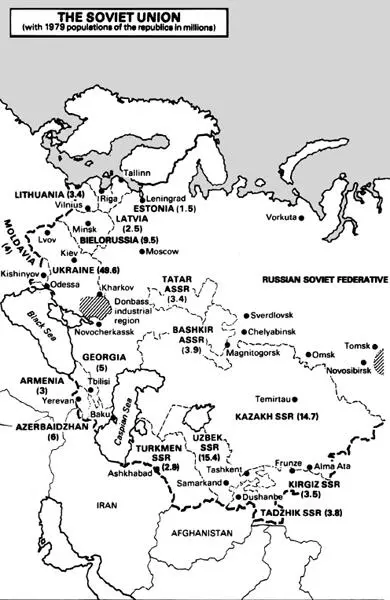
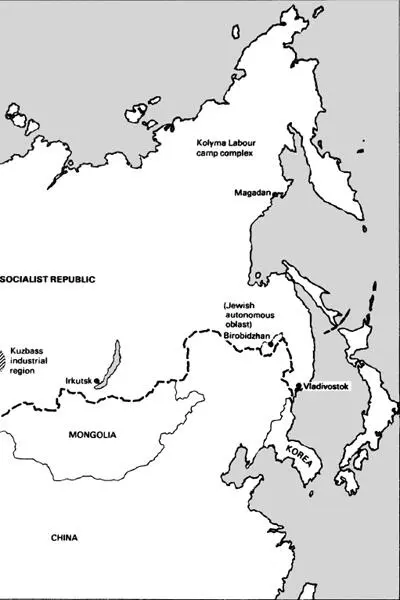
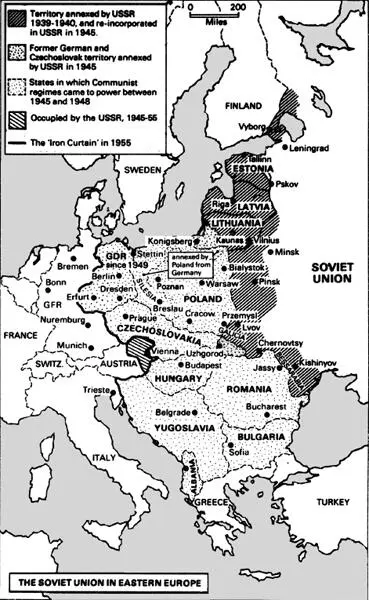
Adapted from Martin Gilbert, Russian History Atlas (1972)
Viewed from the West, the peoples of the Soviet Union tend to seem grey, anonymous and rather supine. When we see them on our television screens, marching in serried ranks past the mausoleum on Red Square, it is difficult to imagine them as more than appendages–or potential cannon fodder–for the stolid leaders whom they salute on the reviewing stand. This is, of course, partly the image the Soviet propaganda machine wishes to project. But is it not also partly the result of our way of studying the country? So many general works on the Soviet Union concentrate either on its leaders, or on its role in international affairs, as seen from the West.
There is plenty on the Soviet leaders in this book, too. No one could ignore them in so centralized and politicized a society. But I have also tried to penetrate a little more into their interaction with the various social strata, the religious and national groups, over which they rule. Fortunately, in the last ten to fifteen years, quite a large number of good monographs have been published in the West and (to a lesser extent, because of censorship) in the Soviet Union itself, which enable us to say more about the way of life of the working class, the peasantry, the professional strata, and even the ruling elite itself. In addition, many recent émigrés have, since leaving, given us candid accounts of their lives in their homeland, and these have afforded us a much more vivid insight into the way ordinary people think, act and react.
In order to focus on this material and give, as far as possible in brief compass, a rounded picture of Soviet society, I have deliberately said little or nothing about foreign policy or international affairs. There are already many excellent studies from which the reader can learn about the Soviet Union’s role in world affairs: to add to them is not the purpose of this book. I have, however, given some consideration to the Soviet Union’s relationship with the other socialist countries lying within its sphere of influence. As I argue in Chapter 11, developments in those countries have a claim to be considered almost as Soviet internal affairs; besides, East European efforts to discover their own distinctive ‘roads to socialism’ have brought out elements in the socialist tradition which have been obscured or overlaid in the Soviet Union itself. These elements may yet be of great importance, and therefore it is essential to give them due weight.
I have, moreover, again in the interests of concentration, consciously laid the strongest emphasis on the years of Stalin’s personal rule–roughly from the start of the first Five Year Plan in 1928 until his death in 1953–because this seems to me the most crucial period for understanding the Soviet Union today. It is also the one on which recently published works throw the greatest light.
In order to avoid cluttering the narrative and to allow a smoother flow of argument, I have dealt with some individual topics–such as literature, religion, education and law–not within each chapter, but in large sections confined to a few chapters. Thus, for example, the reader interested in the Russian Orthodox Church will find most of the material on it concentrated in Chapters 9 and 14. The index indicates these principal sections in bold type.
This history is the product of some fifteen years’ teaching on the Russian Studies programme at the University of Essex, and it reflects the often stated needs of my students on the post-1917 history course. I owe a considerable debt to them, especially to the inquisitive ones, who tried to encourage me to depart from vague generalization and tell them what life has really been like in a distant and important country they had never seen. I have also learnt a great deal over the years from my colleagues in the History Department and in the Russian and Soviet Studies Centre at Essex University. The marvellous Russian collection in the Essex University Library has provided me with most of the materials I needed, and I am particularly thankful to the collection’s custodian, Stuart Rees, for his unfailing attention to my wants.
Читать дальше
